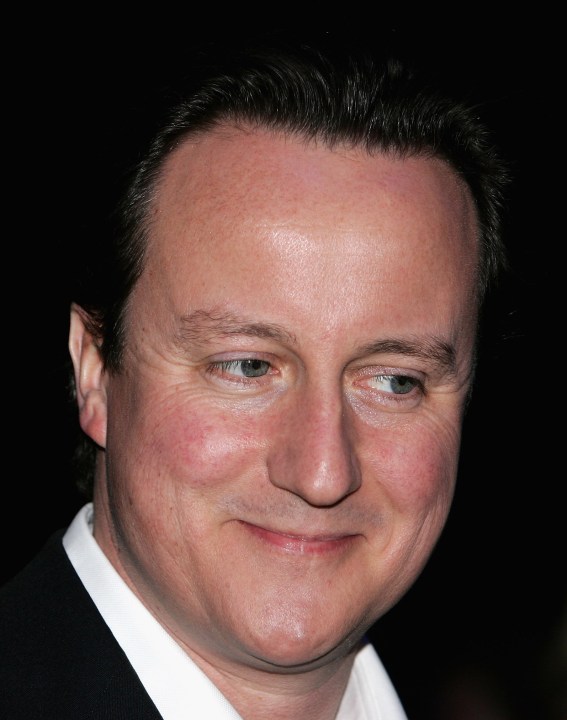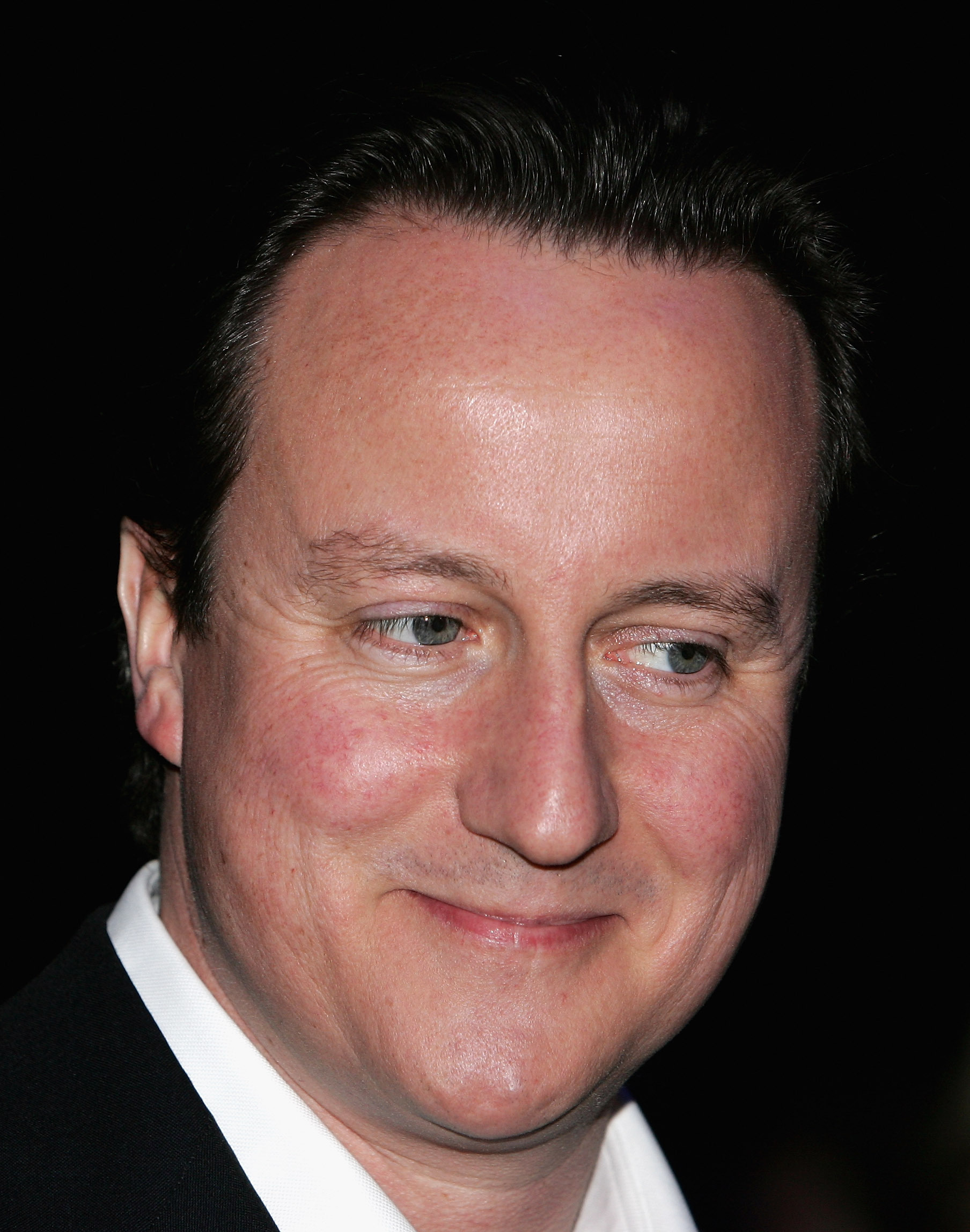 Bruce Anderson writes an essential piece in today’s Independent, in which he crystallises the tortoise-hare debate around changes in public opinion; the political narrative of the past thirty years; and Laffer curves. His conclusion? That David Cameron has the opportunity to forge a new consensus; one which doesn’t equate tax cuts with reductions in public services:
Bruce Anderson writes an essential piece in today’s Independent, in which he crystallises the tortoise-hare debate around changes in public opinion; the political narrative of the past thirty years; and Laffer curves. His conclusion? That David Cameron has the opportunity to forge a new consensus; one which doesn’t equate tax cuts with reductions in public services:
“Messrs Cameron and Osborne will remain cautious about promising tax cuts without explaining how they are to be funded. In one respect, however, the Tories can benefit from a change in public mood. Over the past two or three years a lot of voters have come to believe that this government is wasting a lot of money. As a result, it should now be possible to argue that a tighter control of public expenditure could lead to a more effective use of public funds.
There is a final factor: over the past couple of years, David Cameron has persuaded as number of voters that he is unequivocally committed to a high quality of public services. As a result, he should be able to succeed where his immediate predecessors failed: to promise to support the public services and offer the hope of tax cuts. If William Hague, Iain Duncan-Smith or Michael Howard had made those two points, neither would have been believed. In Mr. Cameron’s case, there is a good chance that both will seem credible. This is why he is on course to win the next election.”
The whole article’s well-worth reading.







Comments